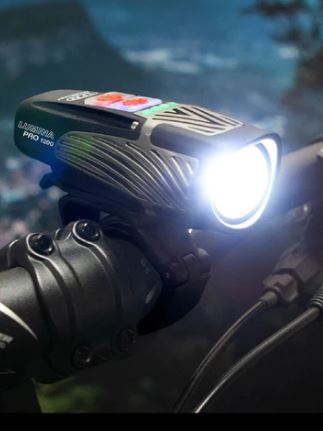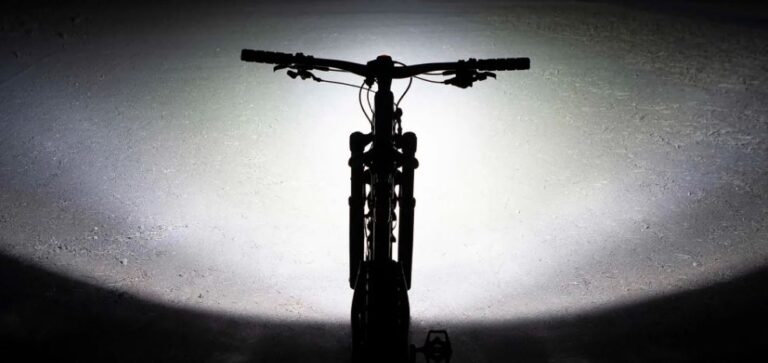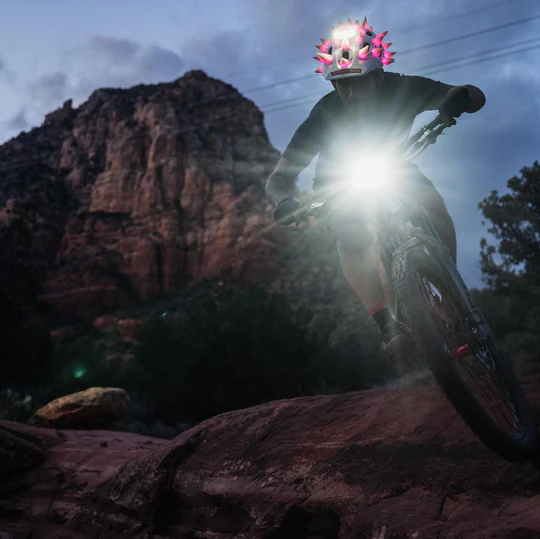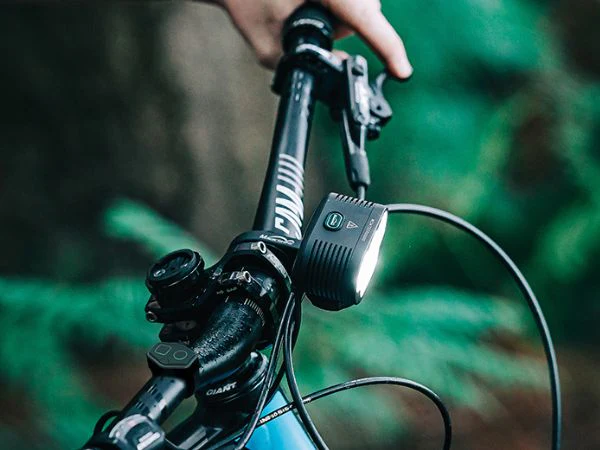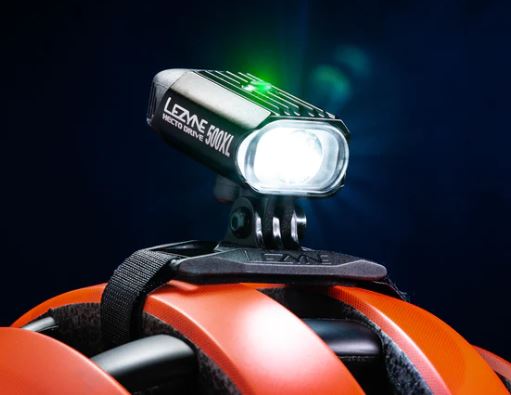Light the Way: Tail Lights vs Headlights for Bicycles
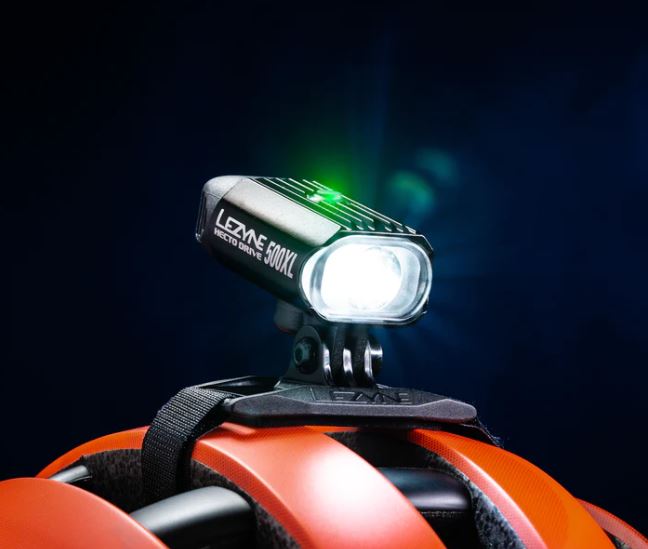
Key Point Summary of Tail Lights vs Headlights for Bicycles:
- Headlights Illuminate the Path Ahead: Essential for night riding, they help you see and be seen.
- Tail Lights Signal Your Presence: They ensure visibility from the rear, crucial for safety in low light.
- Both Are Essential for All Times of Day: Modern LED lights with flashing modes make you noticeable even in daylight.
- Proper Placement Enhances Effectiveness: Headlights on handlebars or helmet, tail lights on the seat post or back of the helmet.
Navigating the twilight trails, bustling city streets, or the serene countryside on a bicycle brings a sense of freedom and joy unmatched by other forms of travel. Yet, with this freedom comes the responsibility of ensuring visibility for safety. Through years of racing and exploring various terrains on my mountain, gravel, and cyclocross bikes, I’ve learned the significance of a well-thought-out bicycle lighting setup. Tail lights and headlights play pivotal roles in this setup, each serving a unique purpose in making your journey safer. Let’s dive into the distinctions between tail lights and headlights for bicycles, and how best to utilize them.
The Role of Headlights
Headlights, positioned at the front of your bike, serve a dual purpose: illuminating the road ahead and making you visible to oncoming traffic. For night rides, a powerful headlight is indispensable, casting a beam that reveals the terrain ahead and any potential hazards. But headlights aren’t just for the dark; even during the day, a flashing front light can catch the eye of drivers and pedestrians, significantly enhancing your visibility.
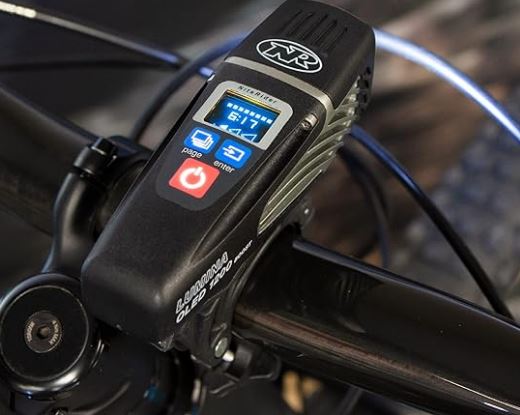
The Importance of Tail Lights
While headlights light your way, tail lights are your beacon for those behind you. A bright, often red light mounted on the seat post or the rider’s helmet ensures that you are seen from the rear, particularly important on roads shared with vehicles. Tail lights in flashing mode can pierce through the daylight’s clutter, alerting distracted drivers and preventing potential accidents.
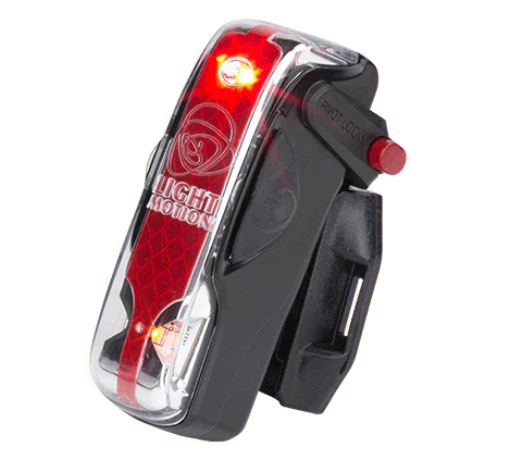
A Synergistic Approach
The optimal bicycle lighting setup doesn’t rely solely on either a headlight or tail light; it’s the combination of both that ensures 360-degree visibility. This synergistic approach means that no matter the direction from which someone approaches, you will be seen. It’s also worth considering additional lights or reflective materials on the sides of your bike or your clothing to enhance visibility further.
Placement and Adjustment
Correct placement of your lights is crucial. A headlight should be mounted securely on the handlebars or on the helmet, ensuring it illuminates the road without blinding oncoming traffic. The tail light, ideally positioned on the seat post, should be angled to be visible from a distance without pointing directly upwards. Regularly check that your lights are correctly adjusted and fully charged; a light that’s turned off mid-ride offers no protection.
Tail Lights vs Headlights for Bicycles: In Conclusion
Whether you’re a seasoned racer or a weekend explorer, understanding the distinct roles and proper use of tail lights and headlights can drastically improve your safety on the bike. Remember, it’s not just about making your path visible; it’s about making your presence known to everyone else on the road or trail. By ensuring both the front and rear of your bike are well-lit, you not only protect yourself but also contribute to a safer environment for all cyclists.
A combination like the Bontrager Ion Pro RT for the front headlight and the Bontrager Flare RT for the rear tail light would be ideal. The Bontrager Ion Pro RT front light provides a powerful beam with adjustable settings, including a daytime flash mode that ensures you’re seen in any light condition. Its versatility allows for handlebar or helmet mounting, catering to the need for directional illumination or broad visibility.

For the rear, the Bontrager Flare RT offers intense visibility with a focused beam pattern and flash modes designed to catch the attention of motorists from a significant distance, even during the day. It’s compact, easy to mount on a seatpost or a helmet, and designed specifically for cyclist safety with visibility up to 2km away.

FAQ
Which light is better for bikes?
The best light for bikes depends on your specific needs, but a combination of a bright front headlight and a visible rear tail light is recommended for optimal safety.
What light should cyclist use?
Cyclists should use lights that offer both high visibility and durability, with a front light to illuminate the path ahead and a rear light to signal their presence to others from behind.
Do you need a headlight on a bicycle?
Yes, you need a headlight on a bicycle for riding in low-light conditions or at night to both see and be seen by others.
Do you need a tail light on a bike?
Yes, you need a tail light on a bike to ensure you are visible from behind, especially during dawn, dusk, or nighttime, enhancing safety on the road.
Ride on
John

